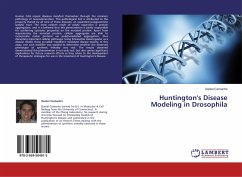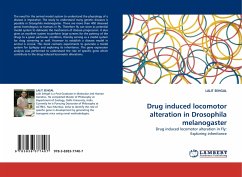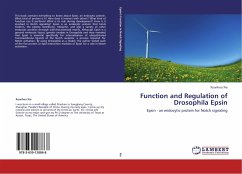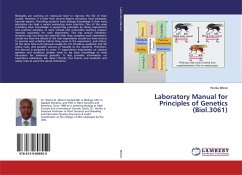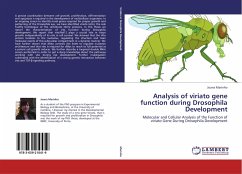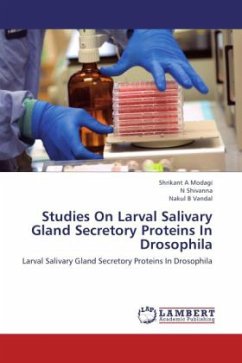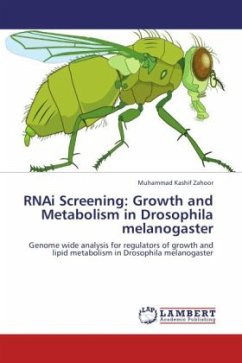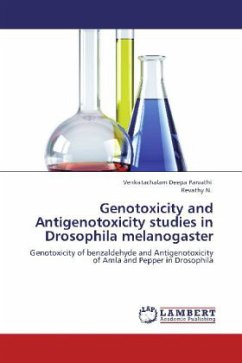Human CAG repeat diseases manifest themselves through the common pathology of neurodeneration. This pathological link is attributed to the property shared by all nine of these diseases: an expanded polyglutamine (polyQ) tract. The most evident result of polyQ expansion is protein aggregation, and it is believed that this phenomenon is partly responsible for conferring cytotoxic properties on the mutated protein. Apart from sequestering the mutated protein, cellular aggregates are able to incorporate native proteins via polyQ-mediated aggregation, thus disrupting important cellular pathways. Using Drosophila melanogaster as a disease model, these so-called "modifiers" modulate disease toxicity. In this assay, one such modifier was studied to determine whether the observed phenotype of synthetic lethality was real. The results obtained demonstrated this phenomenon is not only real, but also carries significant implications for future research efforts as they relate to the development of therapeutic strategies for use in the treatment of Huntington's Disease.
Bitte wählen Sie Ihr Anliegen aus.
Rechnungen
Retourenschein anfordern
Bestellstatus
Storno

